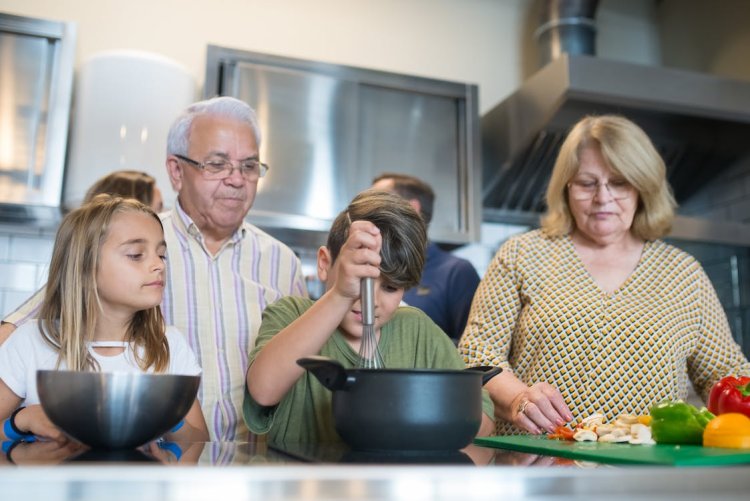Exploring India's National Food: A Culinary Odyssey
Dive into the rich tapestry of flavors, spices, and traditions that make up India's national cuisine. Embark on a culinary adventure through the diverse regional dishes and culinary heritage of this vibrant nation.

India, a land of diverse cultures, languages, and traditions, is also renowned for its mouthwatering and varied cuisine. But what exactly is the national food of India? Join us on a gastronomic journey as we unveil the heart and soul of India's culinary heritage.
A Culinary Tapestry
India's national food is a culinary treasure that beautifully encapsulates the country's rich and diverse culture. Unlike some nations with a single, well-defined national dish, India's culinary landscape is a tapestry of flavors, textures, and traditions, varying from one region to another. This rich tapestry reflects the essence of India's unity in diversity.
The Historical Significance
To understand the national food of India, we must delve into its historical roots and cultural significance. The national food, often referred to as the "heart" of Indian cuisine, has a profound history that predates the modern nation. It has been a unifying factor, bringing together people from various backgrounds and communities.
Regional Diversity in Indian Cuisine
One of the most captivating aspects of Indian cuisine is its regional diversity. Each region of India boasts its own unique culinary traditions, influenced by geography, climate, and available ingredients.

- North Indian Cuisine: Known for its use of dairy products, North Indian cuisine features iconic dishes like biryani, butter chicken, and tandoori.
- South Indian Cuisine: South India's cuisine is characterized by its liberal use of spices, rice, and coconut. Dishes like dosa, idli, and sambar are staples.
- East Indian Cuisine: The eastern region showcases a blend of flavors from neighboring countries. Dishes like fish curry and sweets like rasgulla are prominent.
- West Indian Cuisine: This region is famous for its street food culture and vibrant flavors. Vada pav, pav bhaji, and dhokla are popular here.
Key Ingredients and Spices
The magic of Indian cuisine lies in its use of spices and key ingredients. Indian cooking is a delicate balance of flavors, and the spices used vary by region. Some of the essential spices include cumin, coriander, turmeric, and cardamom. These spices infuse the dishes with their distinct aroma and taste.
Preparation of the National Food
Now, let's explore how to prepare the national food of India. The preparation can be an intricate art, but we'll simplify it into a few key steps:
- Select Your Base: Choose from staples like rice, wheat, or lentils as the foundation of your dish.
- Spice It Up: Use a combination of spices to create a flavorful base, often referred to as "masala."
- Protein: Add protein, which can be vegetarian (paneer, tofu) or non-vegetarian (chicken, lamb).
- Vegetables: Incorporate fresh vegetables or legumes.
- Garnish: Finish with herbs, fresh coriander, or mint for added freshness.
- Serve: Pair your creation with rice or bread like naan or roti.
Remember, recipes can vary widely depending on the region and personal preferences, so feel free to experiment!
Popular Variations and Modern Twists
The beauty of Indian cuisine is its adaptability. It has not remained stagnant but has evolved over the years to suit contemporary tastes and lifestyles. You can find traditional dishes prepared with a modern twist in upscale restaurants or even try fusion cuisine that marries Indian flavors with international dishes.

Influence on International Cuisine
Indian cuisine's influence extends far beyond the borders of India. The aromatic spices and unique flavor combinations have made a mark on global gastronomy. Think of curry houses in the United Kingdom, Thai curries, and the fusion of Indian flavors in American cuisine. Indian cuisine has truly left an indelible mark on the world's taste buds.
Conclusion
the national food of India is not just a dish; it's a celebration of the country's rich heritage and diverse culture. Its historical significance, regional diversity, and tantalizing flavors make it a must-try for any food enthusiast. Whether you're savoring butter chicken in Delhi or enjoying a spicy curry in London, Indian cuisine has the power to unite taste buds and transcend borders. So, the next time you explore Indian cuisine, remember that you're not just eating a meal – you're embarking on a culinary odyssey through a nation's history and culture.

















